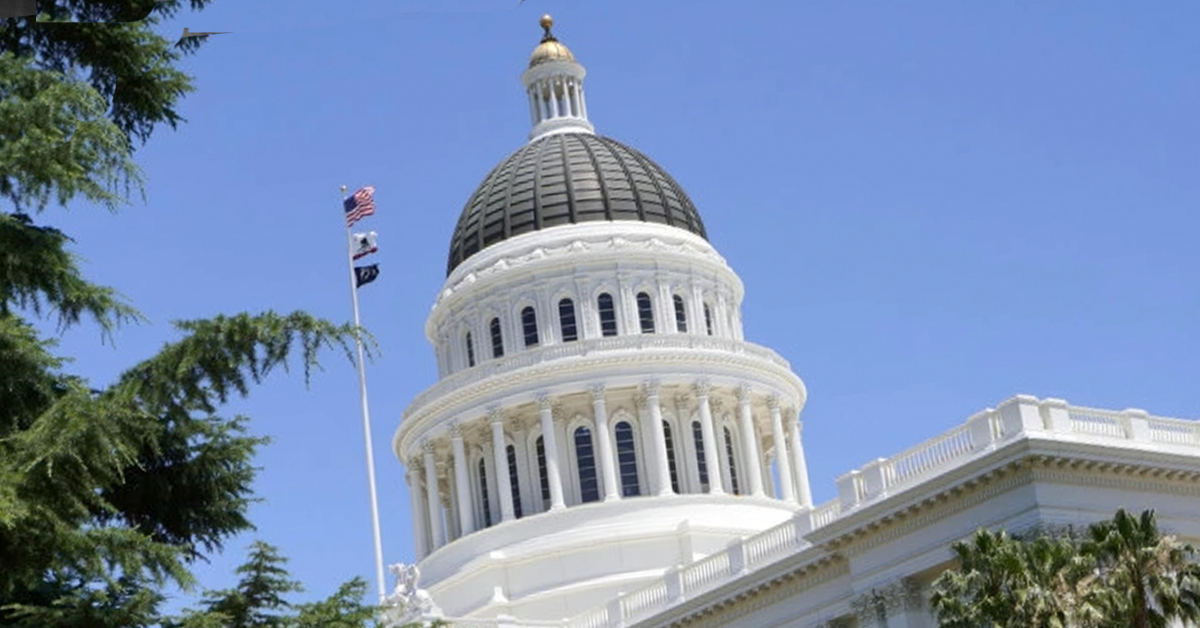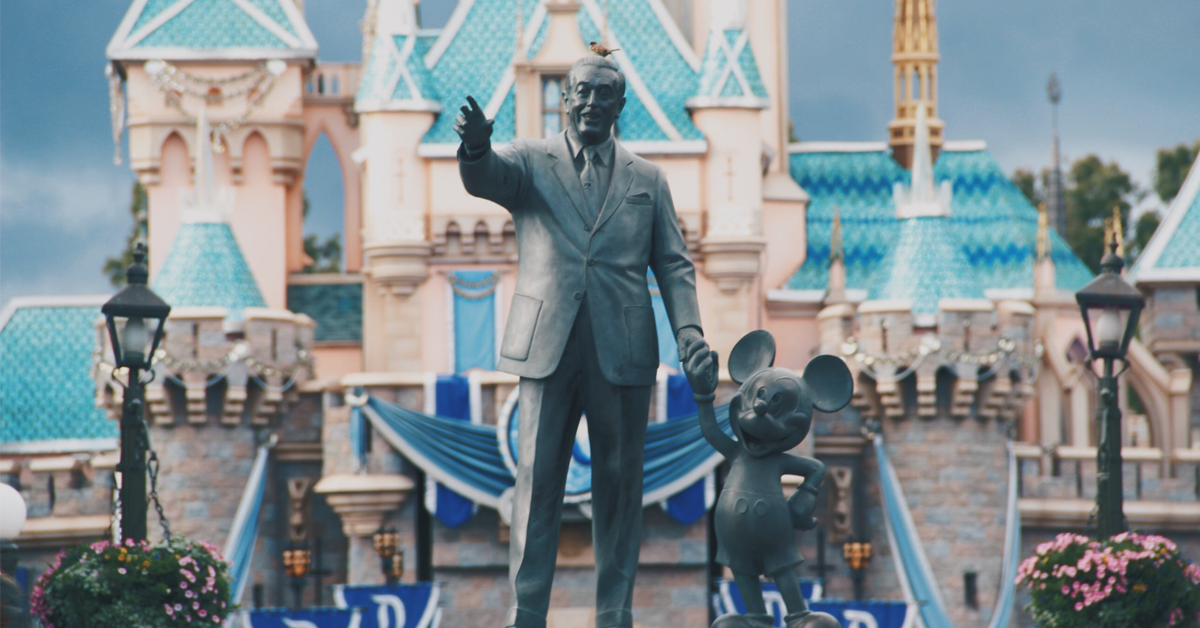I recently took a walk in Downtown along what used to be Fulton Mall. That’s easier said than done, what with all the construction turning the corridor between Tuolumne and Inyo streets once again into Fulton Street.
That’s how I ended up doing part of the journey through an alley. It’s called Congo Alley.
There’s no public sign stating as much. But anyone who makes a habit of reading City Hall staff reports knows that the alley between Fulton and Broadway is Congo Alley.
My stroll got me thinking: How did Congo Alley get its name?
The alley on the other side of what used to be the mall, between Fulton and Van Ness Avenue, is Federal Alley.
Congo Alley and Federal Alley – those are two distinctly different names for alleys so close together. There’s got to be a backstory that makes sense.
There is. Thanks to Melissa Scroggins, I now know it.
Scoggins is a senior library assistant in The Heritage Center at the Fresno County Library’s Downtown branch. She found an article by O.M. Shelton from the June 18, 1944 edition of The Fresno Bee that explains an interesting part of our city’s past.
Shelton apparently had a regular column titled “Browsing Around.”
“City planners, subdividers and others usually responsible for naming streets and boulevards overlooked Fresno’s downtown alleys,” Shelton began, “so through several generations the police department has supplied the missing nomenclature.
“Naturally, the names they selected are more convenient than beautiful.”
Shelton explained the cops’ reasoning for naming something that missed the attention of City Hall bureaucrats. For starters, Shelton wrote, cops of the early 20th century in the stress of nabbing a bad guy might get confused about the alphabet names of Downtown Fresno’s streets. This was of no small consequence, Shelton wrote, when the cop was calling headquarters for the “wagon.”
“For example,” Shelton wrote, “you would hardly expect the above policeman to disentangle his hand from the prisoner’s coat collar to count off on his finger whether the particular alley where the fight is going on is between G and F Streets or between E and F Streets.”
Shelton probably wouldn’t be surprised to discover that average Fresnans in the 21st century quietly going about their business struggle with the same geographic challenge.
The Bee’s editors of 1944 were generous enough to permit Shelton some fun with his column.
“And besides,” Shelton wrote, “such expressions as ‘we caught these men in a dice game in the alley between F and G Streets’ are not nearly as picturesque as ‘we broke up a game in Fagan Alley.’”
Fagan Alley? That’s a new one to me.
Back to Shelton: “So reading from west to east across town, our downtown alleys bear the unofficial names of Vinegar, Fagan, China, Kutner, Congo and Federal.”
Fagan Alley is between E and F streets. It was named after an early “vice lord so nicknamed” who owned a lot of property in the neighborhood, Shelton wrote.
Vinegar Alley just to the west “was named after the winos who used to indulge in sour vintage there,” Shelton wrote.
China Alley in Chinatown got its name for obvious reasons.
Shelton then took the reader on the east side of the railroad tracks.
Kutner Alley, between H Street and Broadway, “got its name from the pioneer Kutner-Goldstein Store, the site of which now is occupied by the stage depot,” Shelton wrote.
Federal Alley got its name “from the fact it runs along the rear of the former post office,” Shelton wrote.
And what about Congo Alley?
Congo Alley, Shelton wrote, “was named for a hash house called Congo once located behind what now is the Helm Building. It was strictly Congo, consisting principally of a square of posts with a tin roof.”
What’s in a name?
Shelton wrote in 1944 that these names for Downtown Fresno alleys were unofficial. I don’t know if they remain unofficial in 2017. I do know that Congo Alley is still used in City Hall documents.
For example, the City Council last October got a staff report that stated: “The Department of Public Utilities, Wastewater Management Division is seeking to award a construction contract in the amount of $609,270 for the Sewer Rehabilitation/Replacement in the Congo and H/Broadway Downtown Alleys.”
When I see the word “Congo,” I think of the Democratic Republic of the Congo, a large nation in Central Africa, and the Congo River, one of the world’s great rivers.
It’s clear from just a brief Internet search that the Congo region has long history of human settlement. The region’s people suffered greatly during the colonial era, when it was the Belgian Congo.
“Congo” is not a pejorative – a word that expresses contempt or disapproval. At least, it shouldn’t be.
But there was a time in America when some people did use “Congo” as a public term to defame or disparage or delegitimize a portion of the population – blacks, people of African descent, slaves.
Don F. Fehrenbacher in his 1978 Pulitzer Prize-winning history “The Dred Scott Case” wrote in Chapter 18 about the national response to the 1857 decision by the Supreme Court of Chief Justice Roger Taney.
Fehrenbacker wrote at one point: “The Republican state convention (Ohio) denounced Dred Scott as ‘anti-constitutional, anti-republican, anti-democratic, incompatible with State rights and destructive of personal security.’ The Democrats, in response, stressed the white supremacy aspects of the decision. For instance, they assembled quotations from various radical Republican statements and published them as the ‘Congo Creed.’”
Fehrenbacker leaves no doubt that in certain parts of America as the Civil War fast approached “Congo” was a racist pejorative.
Context, obviously, is vital when we look at the naming of Downtown Fresno’s Congo Alley. The Bee’s O.M. Shelton didn’t dig into the history and ownership of that hash house behind the Helm Building, a business that apparently was already long gone by 1944. But there’s something about Shelton’s sentence – “It was strictly Congo, consisting principally of a square of posts with a tin roof” – that suggests the naming of Congo Alley was not designed to honor African-American heritage or exalt American principles.
I am not one to discard our history out of political correctness. I am not suggesting that Mr. Shelton was less than professional. I do not know if the phrase “it was strictly Congo” had a benign meaning in 1944 that has since faded from our collective memory.
I’m not saying City Hall should change the informal name of Congo Alley even if it’s found that the name was born from our baser nature. Once again, I emphasize that I don’t believe it’s wise or necessary to be constantly scrubbing our past.
But Downtown Fresno is on the move again.
I am saying City Hall might want to officially revisit the name of that alley behind the Helm Building. The bullet train will soon bring us the world.









